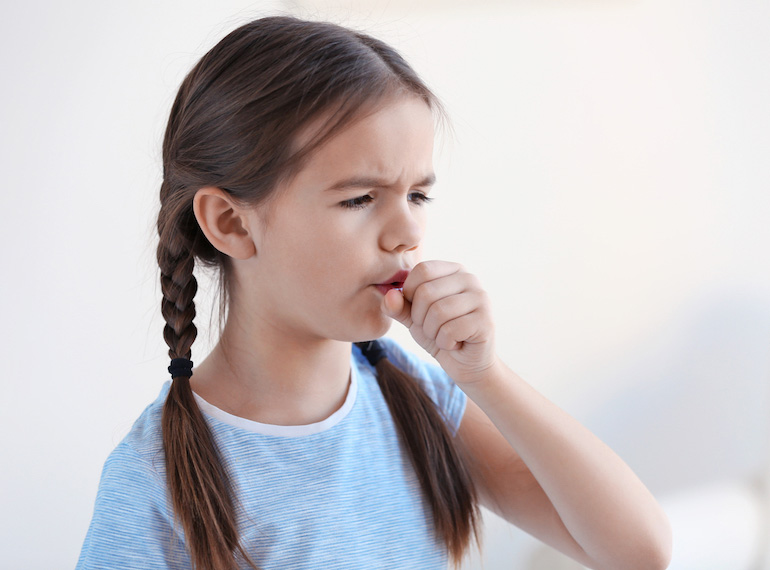

Now this is a familiar scenario for families in Singapore: your child has a persistent cough that won’t go away. You’ve tried cough syrup and Zyrtec. What next? You might have heard the dreaded ‘M’ word in relation to chronic coughing: mycoplasma, or, as it’s otherwise known, ‘walking pneumonia’. But what exactly is mycoplasma, and how is this respiratory illness diagnosed and treated? We asked Dr Maria Tang of Complete Healthcare International (CHI) to shed some light...
“Myco-what? is the usual response I encounter whenever the possibility of such a diagnosis is raised during a consultation,” says Dr Tang. “Of course, if you are a veteran of the mycoplasma infection, then it’s the usual long groan, eyes rolling and the “Oh, no – not that dreadful mycoplasma again!” I hope this article will help to shed some light on this respiratory infection, which has become rather prominent in Singapore, and to help you learn how to recognise, treat and prevent it from spreading to the rest of your family.”
Mycoplasma infection is a respiratory illness that is caused by the bacterium Mycoplasma pneumonia. Anyone can contract the disease, but it most often affects older children and young adults. Thankfully, it is uncommon in those below three years of age. Mycoplasma infection occurs sporadically throughout the year, but sudden outbreaks can occur in the community too.
The symptoms usually develop two to three weeks after exposure to the organism. Initial symptoms are:
Infection of the middle ear can also occur. Early stages of the illness can mimic that of the common cold or even influenza. This makes diagnosing the condition a bit tricky at the beginning. Most cases of mycoplasma infection are mild, so it is commonly referred to as ‘walking pneumonia’ as most patients can still function in their normal daily activities. In 5-10 percent of cases, the infection can progress to pneumonia.
The symptoms, especially the cough and lethargy, can persist and linger for weeks and even months.
Mycoplasma infection is spread through contact with droplets from infected individual when they cough or sneeze. Outbreaks in schools and institutions or those working in crowded areas are seen where there has been close and prolonged contact with the infected individual.
Diagnosing mycoplasma requires a thorough clinical history and examination and often a period of surveillance. A blood test can also be done, which tests for the antibodies against the mycoplasma bacteria. This can help with the diagnosis but this may not always be accurate. Your doctor will also make a clinical judgment based on your child’s ongoing symptoms.
Immunity after mycoplasma infection does occur, but is not life-long. Recurrences are common. Subsequent infections with mycoplasma can occur but may be milder.
A chest X-ray will be requested if pneumonia is suspected.
As mycoplasma is a self-limiting infection, treatment is not always necessary. Treatment with antibiotics may be warranted in those patients with more severe infections or in those whose symptoms are prolonged. If needed, antibiotics treatment is given for 10-14 days.
The disease can be more serious in elderly adults, people with underlying lung diseases or those people with a weakened immune system.
There is currently no vaccine for mycoplasma and there are no reliable effective measures for control. Close or crowded places make it easy for the infection to transmit from person to person.
There are a few simple measures that can be taken to reduce your child’s risk (and yours) of contracting the infection:
Thankfully, complications are rare. Less than 2% of mycoplasma cases go on to develop more serious complications including brain infection, nerve damage, infection of the heart lining, lung abscesses, skin eruptions and arthritis.
If you have any questions or concerns regarding mycoplasma infection in you or your child, please consult your doctor for further advice.
Complete Healthcare International Pte Ltd reserves all rights of copywriting of the above article – Singapore April 2018
350 Orchard Road
#08-00 Shaw House
Singapore 238868
+65 6776 2288
enquiries@chi-health.com.sg